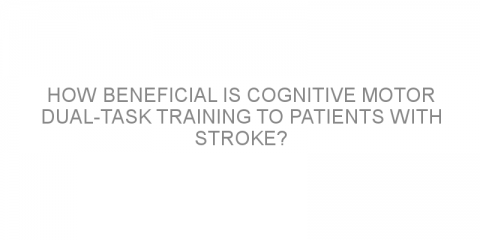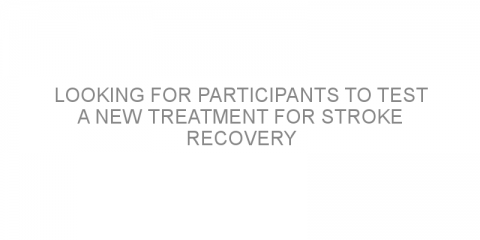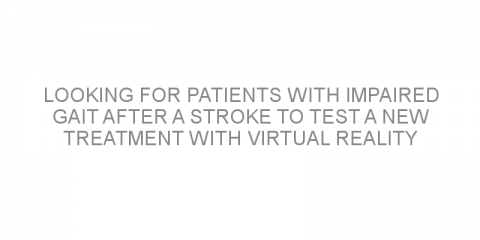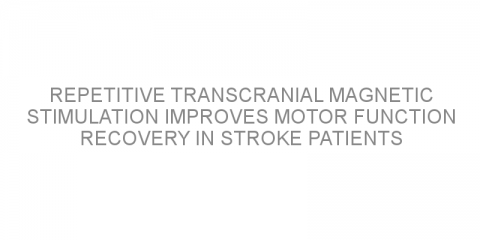In a nutshell This study analyzed the impact of cognitive-motor dual-task training (CMDT) on patients with chronic stroke. The authors concluded that CMDT had beneficial effects on balance ability, gait, and upper limb function in patients with chronic stroke. Some background A stroke involves an interruption or slowing of blood flow and oxygen to the...
Read MoreNature of disability-Motor disability-Weakness of one or both legs Posts on Medivizor
Deep dry needling improves leg stiffness in stroke survivors
In a nutshell This study investigated the effects of deep dry needling (DDN) in patients with stroke and leg spasticity (stiffness). Researchers suggested that DDN decreases leg muscle spasticity in stroke survivors. Some background Each year, 15 million people worldwide suffer a stroke. Stroke is a result of a decrease in blood flow to the...
Read MoreLooking for participants to test a new treatment for stroke recovery
In a nutshell This trial is examining the effectiveness of a new treatment called ischemic conditioning for the recovery of stroke survivors. The main outcome to be measured will be the change in walking speed. This trial will be conducted in Wisconsin, US. The details A stroke happens when the blood flow to the brain is cut off. The brain cells stop...
Read MoreLooking for patients with impaired gait after a stroke to test a new treatment with virtual reality
In a nutshell This trial is aiming to treat gait (walking) abnormalities in patients with stroke using virtual reality. The main outcome to be measured will be an improvement in step length and symmetry. This study is taking place in Omaha, Nebraska, the United States. The details Patients with stroke often have complications associated with...
Read MoreBalance training and lateral insoles improve walking ability in patients with stroke
In a nutshell This study investigated if balance training and the use of lateral wedges insoles increase walking ability in patients with stroke. Researchers suggested that both therapies improve the walking capacity of these patients. Some background Patients with stroke usually experience mental and movement complications. Most patients can recover...
Read MoreVery early mobilization after stroke fast tracks return to walking
In a nutshell This trial examined whether earlier and more intensive physical activity after a stroke could reduce the recovery time necessary to achieve walking independence. Some background Approximately two thirds of patients are unable to walk without assistance in the initial weeks following a stroke. Physical therapy and activity are an...
Read MorePhysical therapy at home is as effective as body-weight support locomotor training
In a nutshell This trial examined the benefit of locomotor training with body-weight support in the recovery of walking ability after a stroke. The optimal time to begin locomotor training after the stroke was also examined. Some background Many stroke survivors suffer from limitations in walking that restrict their mobility within the community,...
Read MoreRepetitive transcranial magnetic stimulation improves motor function recovery in stroke patients
In a nutshell This meta-analysis (an analysis of data combined from several similar studies) investigated the effect of repetitive transcranial magnetic stimulation (rTMS) on upper limb (arm and hand) motor function in patients recovering from a stroke. Some background Many stroke patients suffer long term disabilities, such as impaired motor...
Read More









